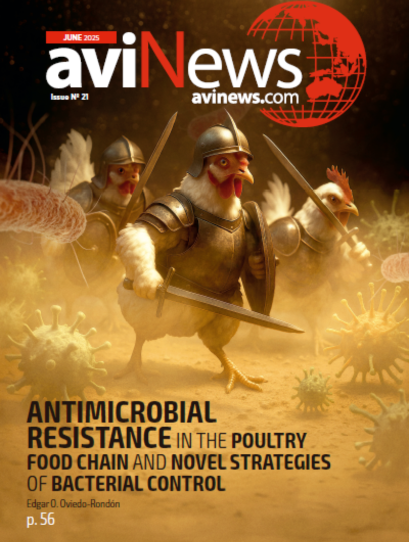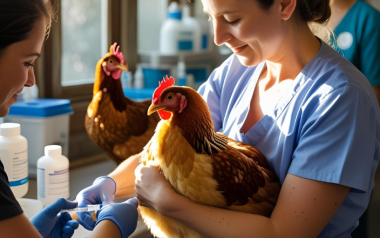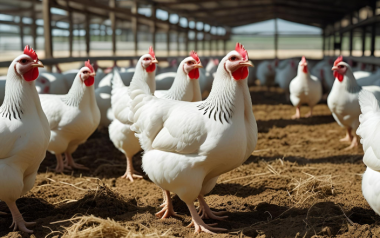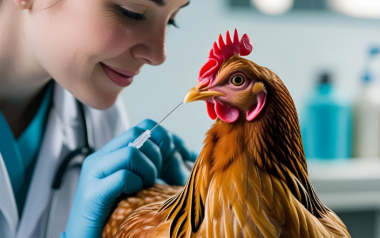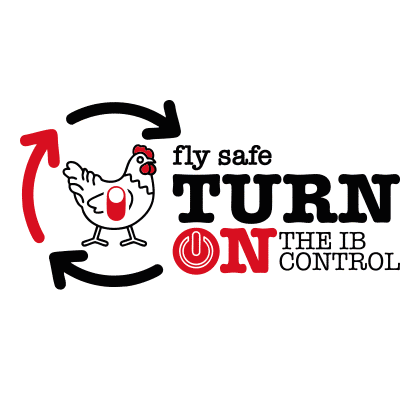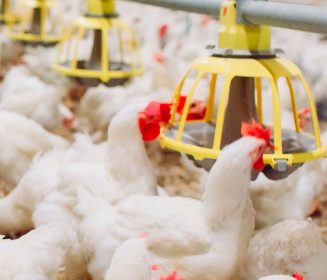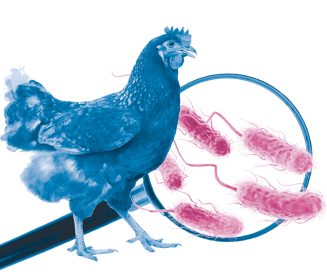Sources: Available upon request
14 Jul 2025
U.S. ends Avian Influenza emergency response
The U.S. has officially concluded its emergency response to the H5N1 avian influenza outbreak, marking a significant milestone in the country’s public health efforts. The Centers for Disease Control and Prevention (CDC) announced the decision in early July 2025, citing a sustained decline in both animal infections and human cases.
U.S. ends Avian Influenza emergency response
The United States has officially concluded its emergency response to the H5N1 avian influenza outbreak, marking a significant milestone in the country’s public health efforts. The Centers for Disease Control and Prevention (CDC) announced the decision in early July 2025, citing a sustained decline in both animal infections and human cases.
The CDC’s emergency response, which began in April 2024, was launched in reaction to a surge in H5N1 cases that affected poultry, wild birds, and even cattle across several states. The outbreak also led to 70 confirmed human infections and one fatality, primarily concentrated in California and Washington.
- However, no new human cases have been reported since February 2025, and animal infections have sharply decreased.
- According to the U.S. Department of Agriculture, only a handful of new cases in cattle and poultry have been confirmed in the past month.
With the emergency phase now over, the CDC has integrated bird flu surveillance into its routine seasonal influenza monitoring. Monthly updates will continue to track the number of people tested and monitored for H5N1, but detailed animal infection data will now be handled by the USDA.
“This was not something imposed from the top down,” said Dr. Nirav Shah, former CDC principal deputy director. “It was initiated by career scientists at the CDC based on the data. There haven’t been any human cases in months, so the need for an all-out emergency response has passed”.
- States that were heavily impacted have also scaled back their responses.
- California ended its state-level emergency declaration in April, and Washington has begun downsizing its public health efforts as well.
Despite the positive trend, health officials emphasize that the virus remains under close watch. The CDC and other agencies are maintaining readiness to ramp up response efforts if new outbreaks occur. “The current public health risk from H5N1 is low,” a spokesperson from the Department of Health and Human Services stated, “but we remain vigilant”.
The end of the emergency response is seen as a testament to the effectiveness of coordinated surveillance, rapid containment, and interagency collaboration. It also offers a moment of relief for the agricultural sector, which faced significant economic strain during the height of the outbreak.
As the U.S. transitions back to routine monitoring, experts continue to stress the importance of preparedness and early detection in managing future zoonotic threats.

